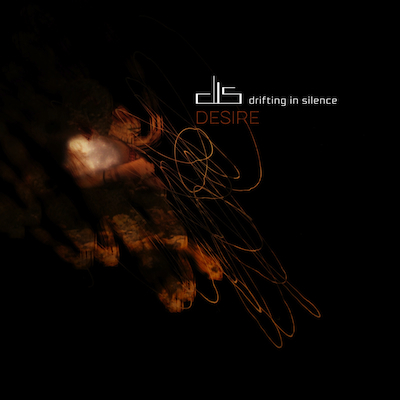 Continuing in the necessary Ut re-issue programme, their second LP and the first studio album to appear on Blast First, is given the deserved re-release treatment. In Gut’s House saw them taking a few steps beyond Conviction. Although still self-produced, this time they took assistance from that doyen of the ’80s underground, Paul Kendall, who produced Loop, Thee Hypnotics and Wire,among many others. The production feels clear and crisp, and all you hear is the trio making their way towards you, menacing but conscious that the menace is only in your head, and it only appears in the sounds that they have chosen to inflict upon you.
Continuing in the necessary Ut re-issue programme, their second LP and the first studio album to appear on Blast First, is given the deserved re-release treatment. In Gut’s House saw them taking a few steps beyond Conviction. Although still self-produced, this time they took assistance from that doyen of the ’80s underground, Paul Kendall, who produced Loop, Thee Hypnotics and Wire,among many others. The production feels clear and crisp, and all you hear is the trio making their way towards you, menacing but conscious that the menace is only in your head, and it only appears in the sounds that they have chosen to inflict upon you.
As mentioned before, this is the most democratic of trios, each song designed by one member but then fleshed out with tacit understanding by the group. Four songs are Jacqi Ham‘s, four are Sally Young‘s and two are Nina Canal‘s, and without a doubt, each of the songwriter’s characters shines through. The other exciting thing that pitched them into similar territory as contemporaries Sonic Youth and Band Of Susans is the reliance on open-tuned or de-tuned guitars. I couldn’t recognise a single chord all the way through the album and that is just so damn cool. Allied to that, these strengths, the post -punk resonance of the bass and the tribal clatter of the insistent drums when they are used, puts them way out on their own, the noise that the album produces being intense and vital.
There is a cynicism and offhanded sneer to Jacqui’s vocal on opener “Evangelist”: “Going down to the market place / Gonna learn to lie like an evangelist”. The slight mania is corralled by the drums bursting out of the speakers as the guitar chops and scythes through the dank air. The feel is intense, whereas Sally’s “ID” has a faster tempo, but the mood seems lighter. It is still choppy and once again I can’t help but hear a comparison to Throwing Muses; that sense of constant switchback motion, abandonment and seduction. Sally’s is a world that is darker and more abstract than normal, the lyrics coming on like dream images as the heartbeat bass feeds the human impulse. There is more of a destructive no-wave sentiment to Jacqi’s songs, and the guitar on “Swallow” struggles like it is trapped on barbed wire, trying to drag itself free, flailing and spreading as the tears increase and the voice becomes delirious with the frenzied effort required. The band heads for a two-guitar and two-vocal attack on “Big Wing”, and one of the guitars is flitting about in the background, chattering like a typewriter or Morse code machine as the two voices merge perfectly in the foreground. There is a sense of dreamlike tension with just a hint of Lydia Lunch‘s back-alley growl. The difference is that Ut don’t share her disgust; rather there is a frustrated wonder at work here that finds the other guitar stepping carefully through the detritus as the portentous drums hover. The final track on side one is Nina’s, and its stuttering, disturbed opening crawls into a more purposeful and grinding force, with Jacqui’s second guitar squealing and squalling in the background like some awful industrial machinery.Thankfully, the pressure is relieved at the start of side two as the guitar is gently strummed on “Homebled”. Instead of drums, Sally’s violin finds its way into the mix and with PK on percussion; the sound is diluted a little here, the simplicity of the riffing shadowing the violin in unexpected unison. On “Shut Fog”, Jacqui’s violin is more abstract , tumbling and discordant. The song inhabits the kind of backwoods mania of people being thrown down wells, bare trees and deserted mountains. This change of vibe on side two is a perfect antidote to the culmination of side one, and although there is some extraordinary post-punk funk bass on “Mosquito Botticelli”, the high and loose harmonica and scattered vocal samples lend it an eerie high plains kind of vibe that is enough to throw off the heavier and more dominant shackles of the first side. The tribal drum pattern gives the impression that they kidnapped a blues harp player and let him loose to wander in puzzled fear trough their swollen landscape.
After another drum-less track that appears and disappears like a puff of smoke, Nina’s frantic “Landscape” closes the album. With its waves of swashbuckling guitar, it can’t seem to make up its mind, whether to be manic or reserved, whirling from one to the other; full tilt or cautious until it blows itself out and collapses, breathless. I felt breathless as well after the sounds faded, and once again the trio show themselves to be without equal. Allow the In Gut’s House to work its magic on you and ignore the fact that it is over thirty years old. This sound never grows old.-Mr Olivetti-



